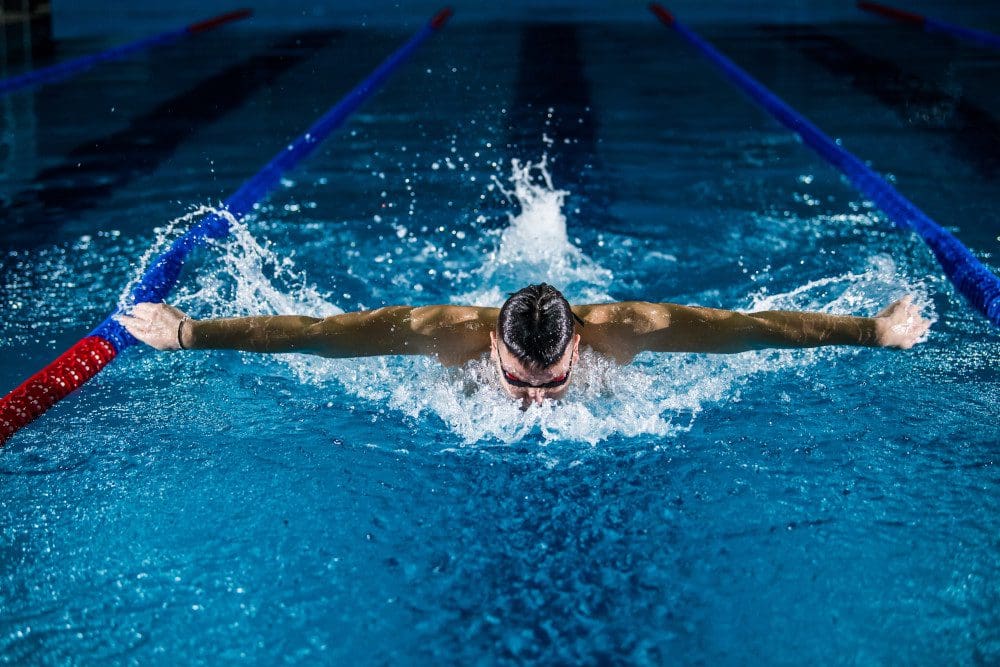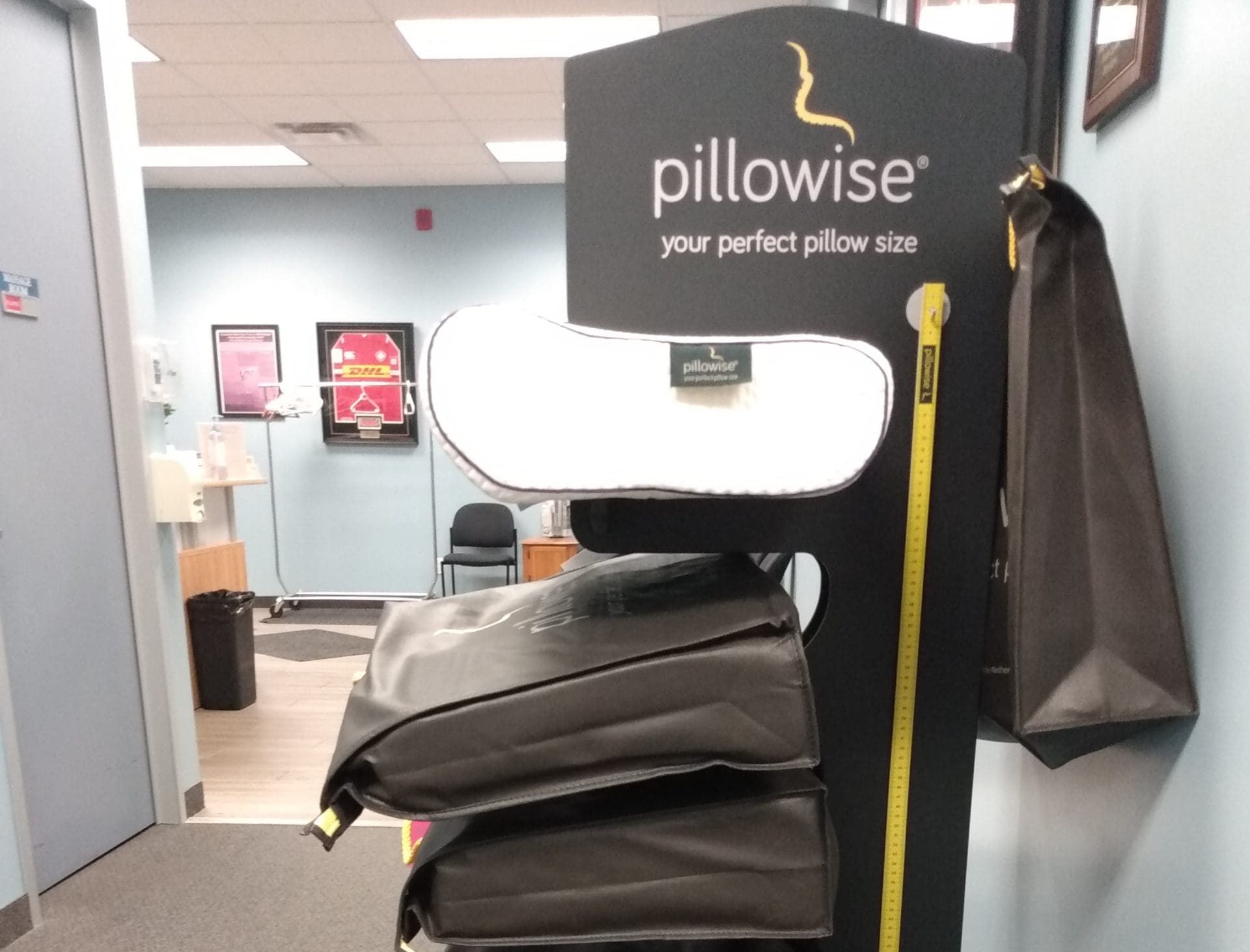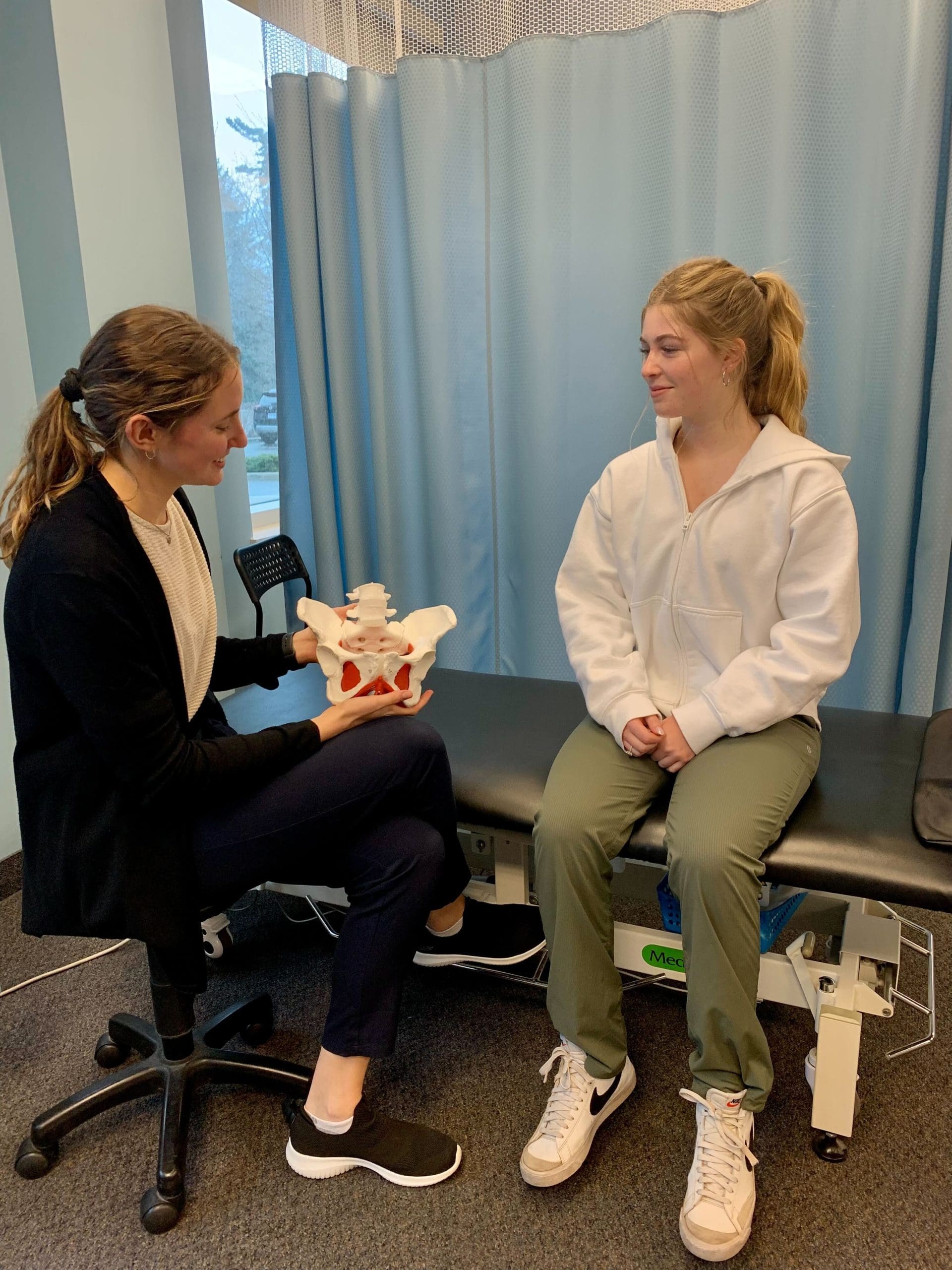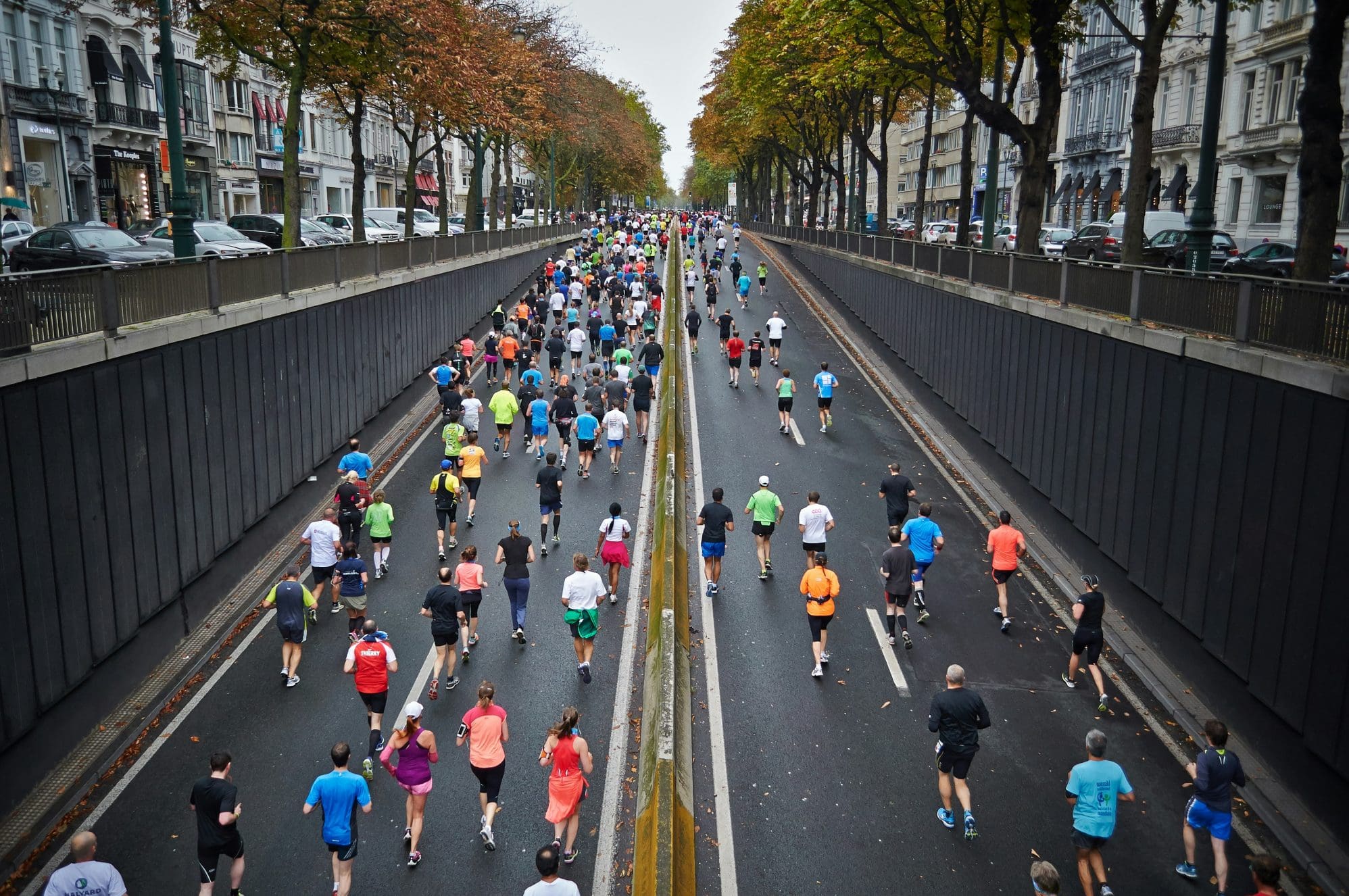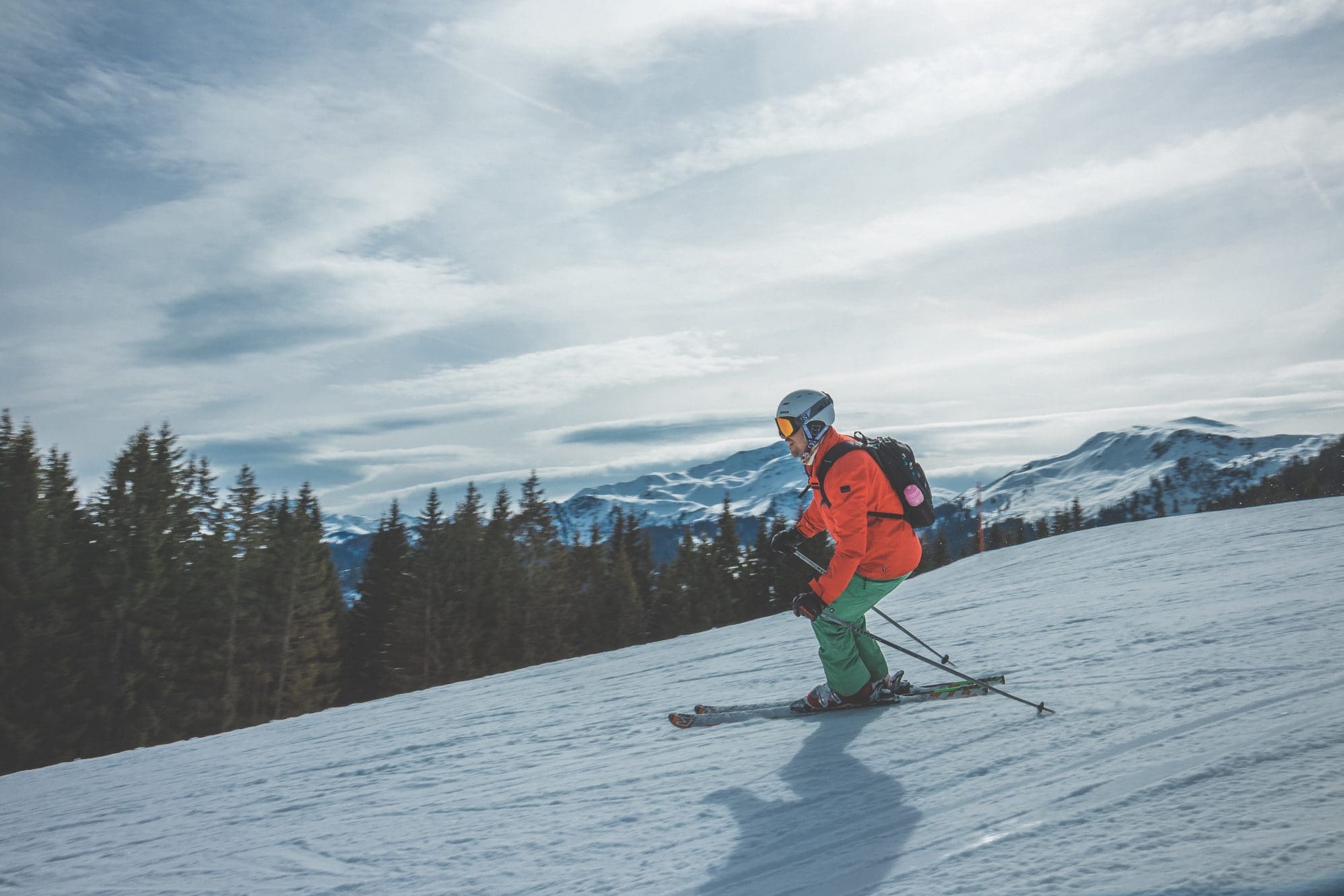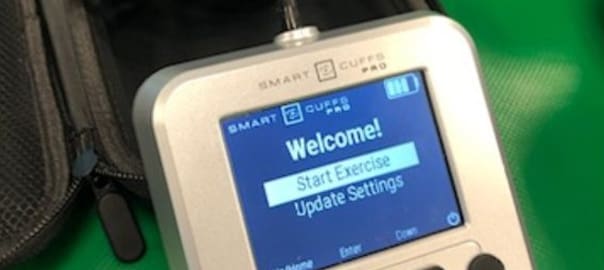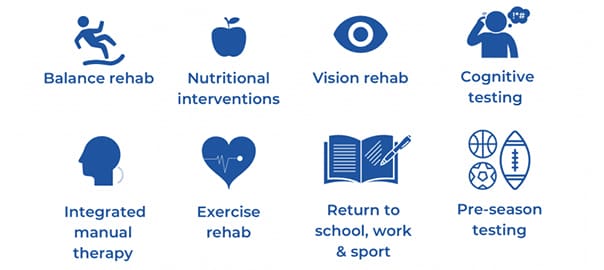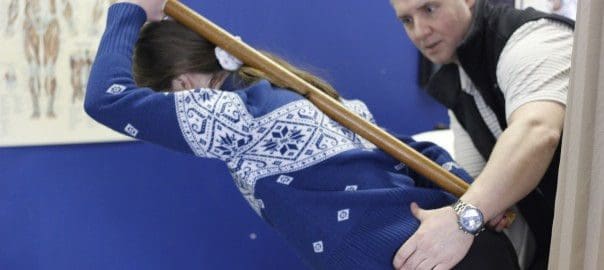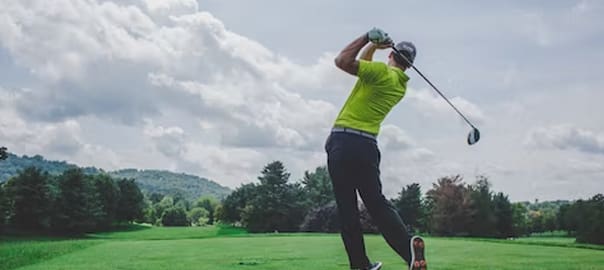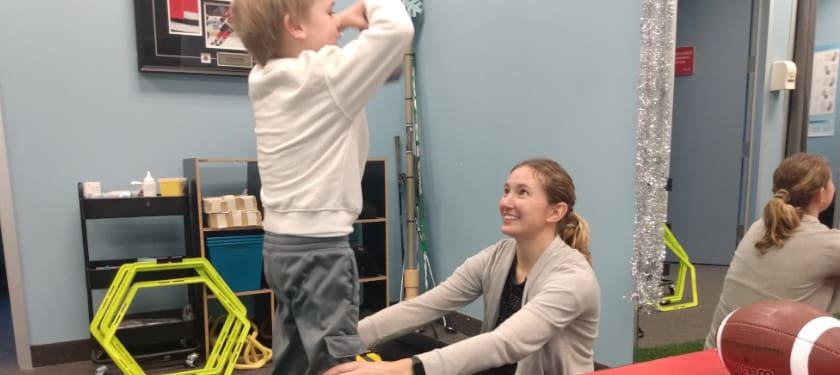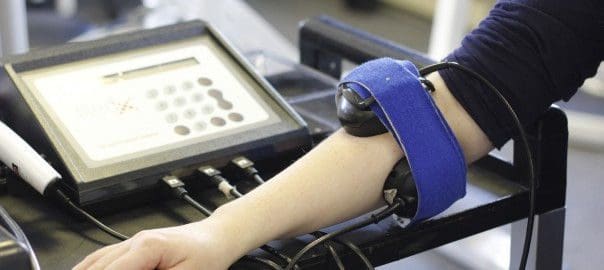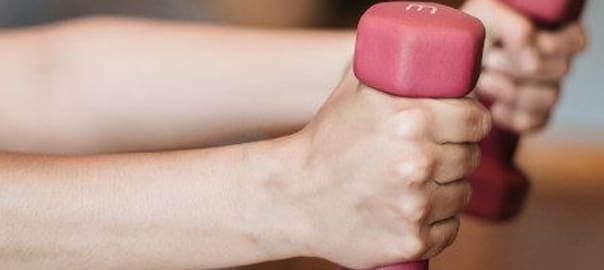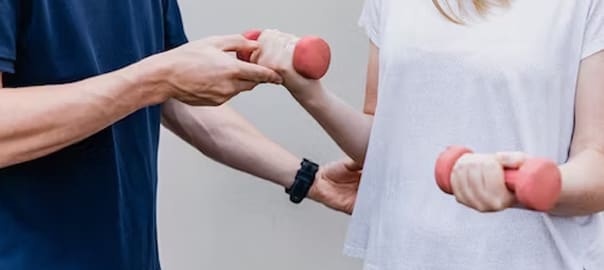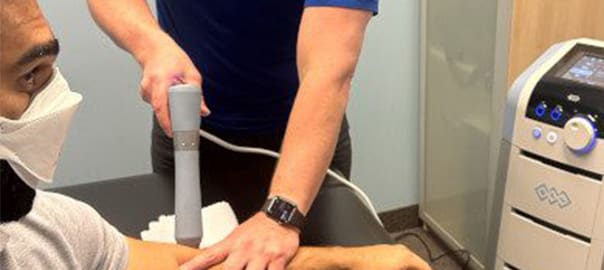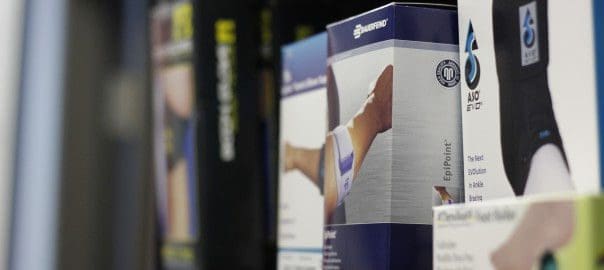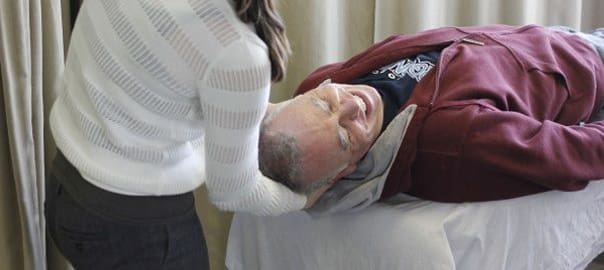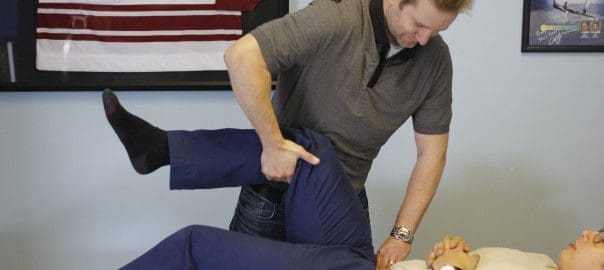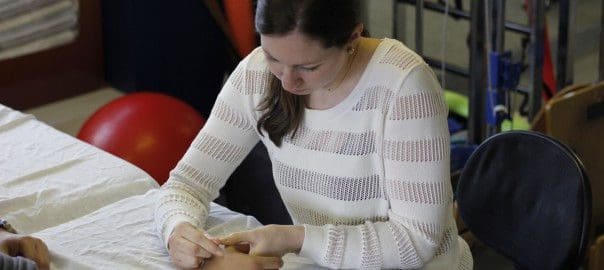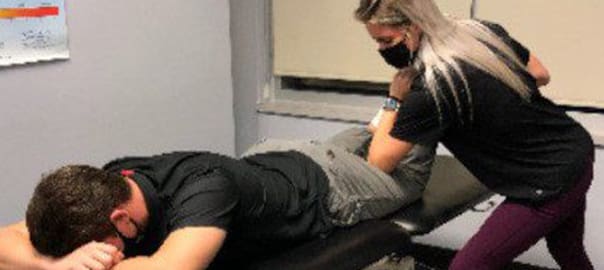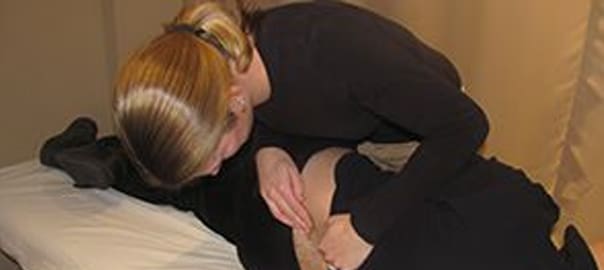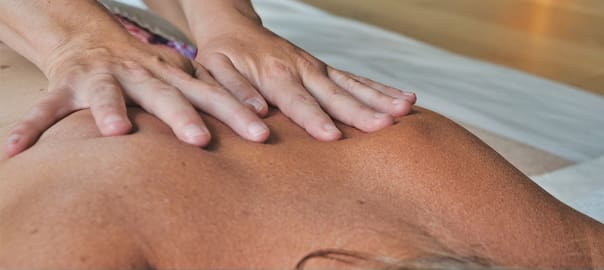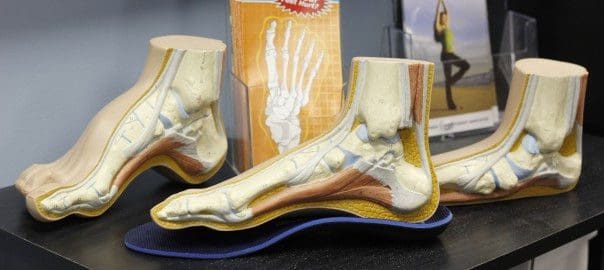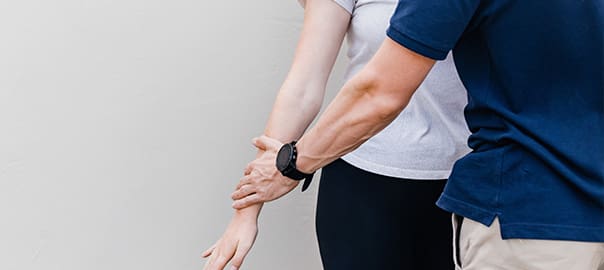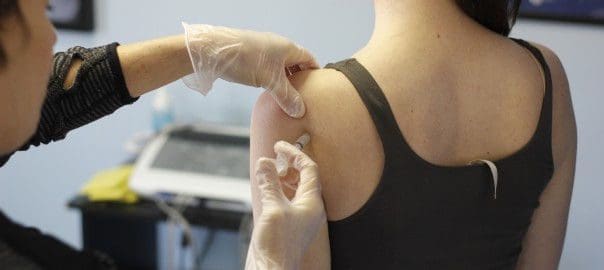Injuries are a common part of the journey for both novice and experienced skiers. At Sheddon, we specialize in assessing, treating, and tailoring personalized plans for various ski injuries. In this article, our Physiotherapist Michael Porreca, who is also a level 3 Ski Instructor, will discuss the most common ski injuries and exercises to help prevent them.
Common Ski Injuries
When you’re out skiing, injuries are sometimes part of the adventure. The most common injuries include:
1. Medial collateral ligament (MCL) strain of the knee
2. Skier’s thumb
3. Meniscus strain
Risk Factors for these Ski Injuries
Understanding these risk factors can help skiers take precautions, focus on proper technique, and use appropriate gear to minimize the chances of these injuries while enjoying their time on the slopes.
- Medial Collateral Ligament (MCL) Strain:
- Inexperience or Overexertion: Novice skiers or those pushing their limits may strain the MCL due to improper technique or pushing beyond their skill level.
- Sudden Twists or Falls: Abrupt changes in direction or falls can stress the MCL, especially if the skier’s bindings don’t release properly during a fall.
- Terrain and Conditions: Uneven or icy slopes increase the risk of MCL injury due to less predictable movements and reduced control.
- Skier’s Thumb:
- Pole Mishaps: Falling while gripping ski poles can lead to excessive force on the thumb, causing ligament tears.
- Improper Pole Use: Using poles incorrectly during a fall or not releasing them can strain or injure the thumb ligaments.
- Inadequate Equipment: Poorly adjusted pole straps might increase the risk of thumb injuries during a fall.
- Meniscus Strain:
- Twisting Movements: Sudden twisting or pivoting of the knee, often seen during falls or unexpected maneuvers, can stress the meniscus.
- High-Impact Falls: Falls from jumps or collisions can place intense pressure on the knee, impacting the meniscus.
- Improper Skiing Techniques: Incorrect body positioning or skiing with inadequate control may increase the risk of twisting the knee and injuring the meniscus.
Exercise Prevention For Ski Injuries
Getting your body ready for skiing is important to stay safe on the slopes. Doing certain exercises can help lower the chances of getting hurt while skiing. These exercises make your muscles stronger, improve balance, and make you more flexible. Let’s break down some important exercises and discuss why they’re helpful for injury prevention and overall conditioning before the season.
BOSU Ball Squats
Improving balance and stability is crucial for every skier, and there’s a powerful tool to enhance these skills before hitting the slopes: the BOSU ball. Not only does the BOSU ball challenge your balance, but it also strengthens the vital connection between your lower body and core. Mastering stability on a BOSU ball translates to better control on skis, as well as keeping you upright and in control on the slopes. Bosu ball squats are a great exercise to challenge your balance and engage your stabilizing muscles.
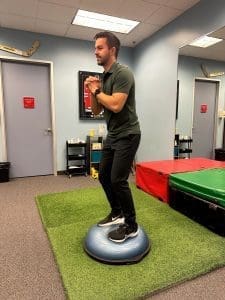
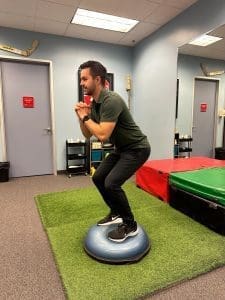
How to do it:
- Place the Bosu ball with the flat side down.
- Stand on the Bosu ball with your feet hip-width apart. Engage your core and keep a neutral spine.
- Begin the squat by bending your knees and pushing your hips back.
- Straighten your legs and stand tall. Focus on maintaining your balance throughout the movement.
- Push through your heels to return to the starting position.
Dumbbell Romanian Deadlifts
The Dumbbell Romanian Deadlift is a compound exercise that primarily targets the muscles in your posterior chain, including your hamstrings, glutes, and lower back. This exercise is also your ticket to stronger hamstrings. Having strong hamstrings is crucial for skiing to help keep you balanced and in control while skiing.
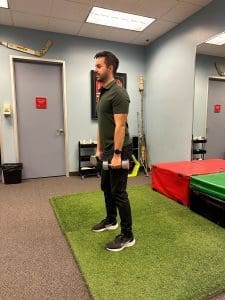
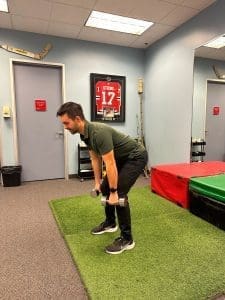
How to do it:
- Stand with your feet hip-width apart, holding a dumbbell in each hand
- Position the dumbbells in front of your thighs.
- Keep your back straight and chest up, maintaining a neutral spine throughout the movement.
- Initiate the movement by hinging at your hips, pushing them back while keeping a slight bend in your knees.
- Lower the dumbbells along the front of your legs, keeping them close to your body.
- Avoid rounding your back to prevent strain.
- Ensure that your back remains straight, and your shoulders stay pulled back throughout the descent.
- Drive through your heels, engaging your hamstrings and glutes to return to the upright position.
- Keep the dumbbells close to your body as you stand up.
Single Leg Squats
Single leg squats are beneficial for skiers as they enhance balance, stability, and leg strength, mimicking the unilateral demands of skiing and helping improve performance on the slopes. If you think about it, you’re essentially squatting 90% of the time going down the hill. The stronger the quads the longer you can ski and the more bumps/terrain/and variable conditions you can endure.
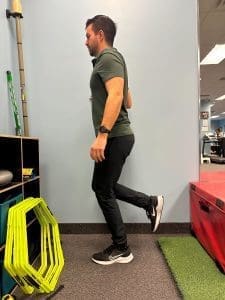
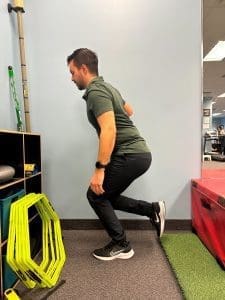
How to do it:
- Stand with feet hip-width apart.
- Lift one foot off the ground, balancing on the other leg, hold on to the wall or a chair for support if needed
- Lower your body by bending the knee of the standing leg, as if sitting back into a chair.
- Keep your back straight and chest up.
- Aim for a comfortable depth, ensuring the knee stays in line with the toes.
- Push through the heel of the standing leg to return to the starting position.
Single Leg Glute Bridges
Single leg glute bridges are advantageous for skiers as they target and strengthen the glutes, promoting hip stability and balance, essential for navigating varied terrains and maintaining control during skiing activities. Strong glutes also help with control going down the hill, power during your turns, and quick stopping as you spray your friends/family with snow.
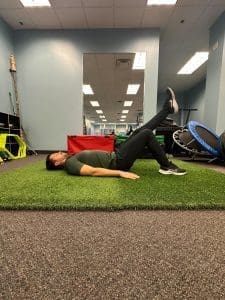
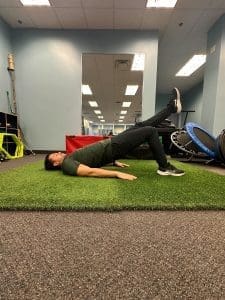
How to do it:
- Lie on your back with your knees bent and feet flat on the floor.
- Lift one leg off the ground, extending it straight while keeping the other foot firmly planted.
- Press through the heel of the grounded foot, lifting your hips towards the ceiling.
- Squeeze your glutes at the top of the movement, ensuring your body forms a straight line from shoulders to the lifted knee.
- Hold the top position briefly, then lower your hips back down with control.
- Complete the desired number of repetitions on one leg before switching to the other.
Deadbugs
Deadbugs are a valuable exercise for skiers as they target the core muscles, promoting stability and strength in the torso. This core exercise is essential for maintaining proper body position and balance, which is important for turning and stopping on skis, and of course, staying in control.
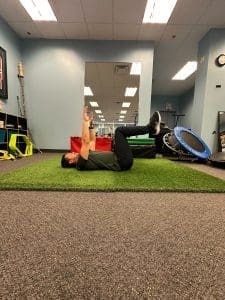
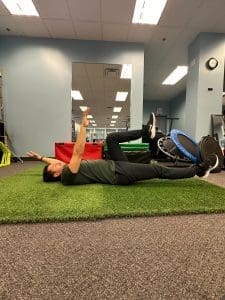
How to do it:
- Lie on your back with your arms extended towards the ceiling and your legs lifted off the ground, knees bent at a 90-degree angle.
- Engage your core and press your lower back into the floor.
- Lower your right arm and left leg towards the ground while maintaining a stable core.
- Keep the movement slow and controlled, ensuring your lower back stays pressed against the floor.
- Return the arm and leg to the starting position and repeat on the opposite side.
- Alternate sides in a controlled manner, focusing on maintaining stability and avoiding arching your back.
In conclusion, skiing presents common injury risks like MCL strains, Skier’s thumb, and meniscus strains. Sheddon specializes in assessing and customizing plans for these injuries. Pre-season exercises significantly lower injury chances by enhancing balance, strengthening key muscles, and improving control while skiing. Booking an assessment with Michael Porreca, a skilled physiotherapist and experienced ski instructor at Sheddon, offers guidance for injury management and prevention, ensuring a safer and more enjoyable skiing experience.
For more info, contact Sheddon Physiotherapy and Sports Clinics in Oakville at 905-849-4576 and Burlington at 905-332-1070.
We are located only 6 min East of Oakville Place and 4 min East of Whole Foods Market on Cornwall Rd.
The Burlington physio clinic is located only 2 min south of IKEA Burlington and 6 min north of Burlington Golf & Country Club, on Plains Rd East.

